SOCIAL ANTHROPOLOGIST
Muslim Missionary Movements and Conversion to Islam in East Africa (2004-2009)
Based at: ZMO Berlin
In the 1980s and 1990s, East Africa became the scene of conflicting Islamic and Christian missionary endeavours. These religious movements, which often had fundamentalist leanings, competed for influence and new adherents. A DFG-financed project on “Islamic Mission in the Multi-Religious Context of East Africa” at the Centre for Modern Oriental Studies (ZMO) in Berlin, Germany (2004-2006) focused on various Islamic missionary movements in Kenya and Tanzania.
This PhD project on conversion to these movements was part of the research group. It focused on four influential Muslim missionary movements active in the competitive religious landscape of East Africa since the 1980s: 1) reformist groups with a Salafi-Wahhabi orientation, 2) the Tablighi Jamaat originating from South Asia, 3) the locally developed Wahubiri wa Kiislamu (famous for its public comparison of the Bible and the Quran) and 4) the Shiite Bilal Muslim Mission supported by Iran. The competition between these movements was often more fierce than in relation to Christian missionaries.
The resulting dissertation, published by Transcript as ‚Narrative islamischer Konversion. Biographische Erzählungen konvertierter Muslime in Ostafrika’ (Narratives of Islamic Conversion. Biographical Accounts of converted Muslims in East Africa) in 2013, described these movements, situated them in the changing religious landscape of East Africa and then zoomed into the topic of conversion. Central to the argument are conversion narratives, acknowledged ways of talking about conversion that are used to make sense of individual conversion trajectories. Starting from the assumption that conversion has to be recognised and justified as such by the various actors involved, I used self-descriptions of conversion in biographical interviews as the main access of research. These conversion accounts are influenced by local ways of talking about one’s own life as well as by the narratives of conversion communicated by the different missionary movements.
In the dissertation, four distinct conversion narratives are described. The main one, ‚Conversion as intellectual choice‘, was used by all the men interviewed. In it, conversion is presented as following long periods of thinking about and comparing different religions (especially Christianity and Islam) before finally realising that Islam was more rational compared to Christianity. This is also the main narrative conveyed by Muslim missionaries in the region. This narrative is also linked to the search for clarity in a world perceived as chaotic, and to the importance of education for members of the middle classes to which the majority of the interviewees belonged. Two other narratives, ‚Conversion as social reorientation‘ (bridging different religions and emphasising gradual differences) and ‚Conversion as moral stabilisation‘ (described as a change of habitus, but also as a newly found inner strength), were mainly used by women, who represented 1/3 of the interviewees. The fourth narrative, ‚Conversion as boundary-making‘, was chosen only by men whose social networks had changed drastically as a result of conversion, and describes less a religious change than a political opposition (to the ‚West‘, but also to their own governments).

Related Publications:
Scharrer, T. (2022). Creating an Atmosphere of Intellectual Superiority: Islamic Missionary Work in Kenya as Staged Competition in a Climate of Religious Diversity, Journal of Contemporary Religion 37(2): 203–222.
Scharrer, T. (2013). Narrative islamischer Konversion Biographische Erzählungen konvertierter Muslime in Ostafrika. Transcript.
Scharrer, T. (2007). Konversion in Ostafrika im Spannungsfeld zwischen islamischer und christlicher Mission, Historische Anthropologie 15 (1): 118-125.
Scharrer, T. (2006). Religious Practices: Conversion: East Africa, Encyclopedia of Women and Islamic Cultures (EWIC). Brill: Leiden.